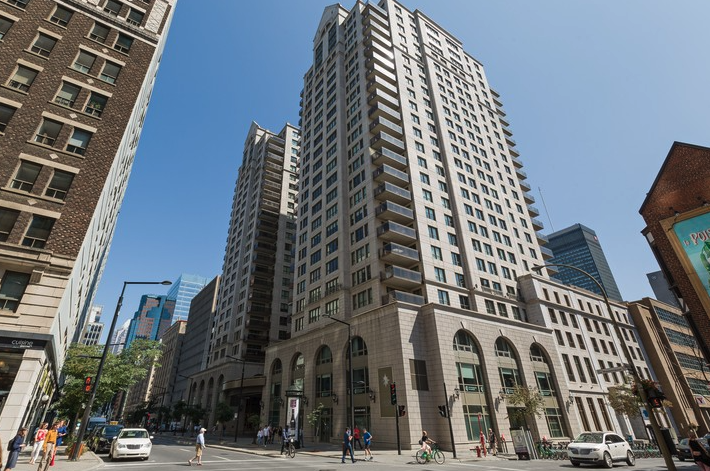Here’s what to know about the First-Time Homebuyer Incentive Program.
Today I want to go over the First-Time Homebuyer Incentive Program. This program is often misunderstood, so I wanted to clear up some of the confusion and let you know how you can take advantage of it.
First off, this program is not a loan. Instead, it’s a shared equity mortgage where the government takes an equity position in your home. The government will put up to 10% down with you for new construction. So if you put in the 5% minimum down payment, the government could still offer 10%. In this case, the government will share the outcome of your home, whether it’s good or bad.
Let’s take a look at an example. You buy a brand-new property from a developer for $400,000 using the first-time homebuyer program. The government puts down $40,000, and you put down at least $20,000. If over time, the property value goes down to $300,000 and you decide to sell the house, you will owe the government 10% of the price, or $30,000. In this example, the government lost $10,000, but it’s more likely for the value of the home to go up. So if you sell the home when it’s $500,000, you will owe the government $50,000, and the government will have made $10,000.
“The First-Time Homebuyer Incentive Program can save you a lot of money in the long run.”
This program is available to Canadian citizens, permanent residents, and non-permanent residents working in Canada. Either you or your partner needs to be a first-time homebuyer. Also, the maximum combined income is $120,000 annually, and the max mortgage is four times your salary. You will eventually have to pay the government back for their investment in the home, but there are many ways to do this. You can also take up to $35,000 out of your RSP to use in this program.
You may think the government gets all the upside in this deal, but let’s take another look at it. Let’s say you’re buying a $400,000 property. If both you and the government put $20,000 down, your total mortgage amount will go down from $380,000 to $360,000. That’s around $200 in savings every month. That means that in the first five years, you’ll have made $13,800 in savings. Your insurance premium will also be lower, so you’ll end up saving just under $20,000 over five years.
This program is a great tool for first-time homebuyers struggling to afford a down payment. If you have any questions about today’s topic, please call or email me. I am always willing to help.







